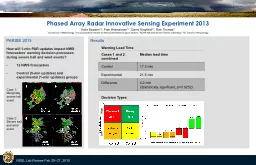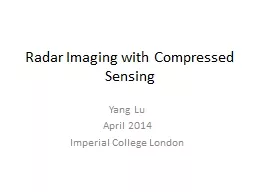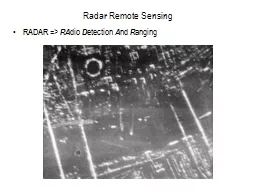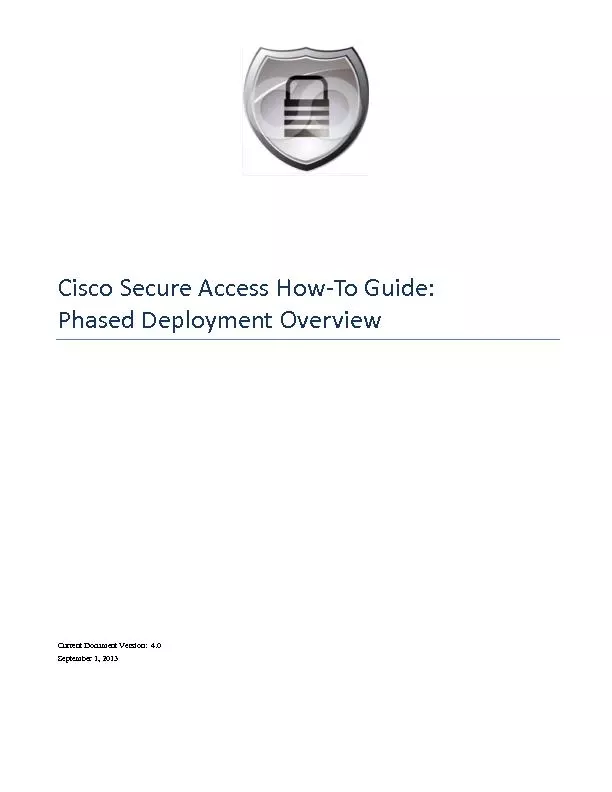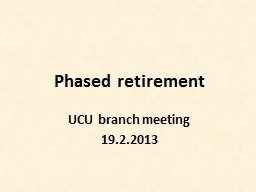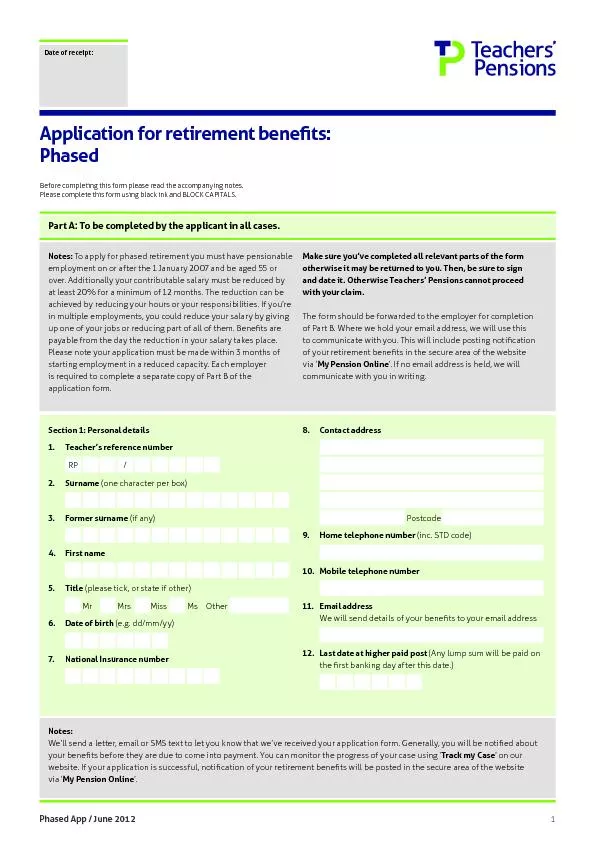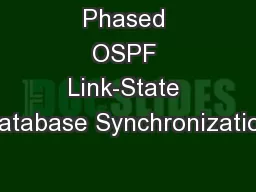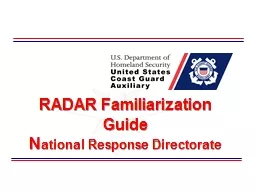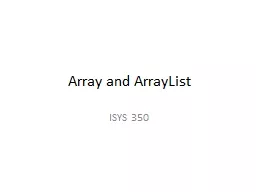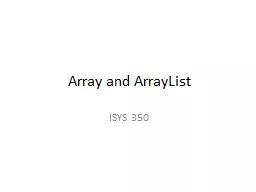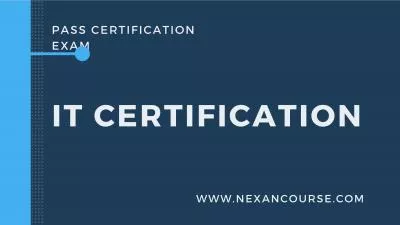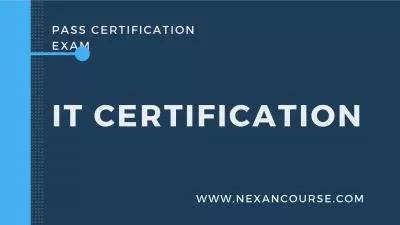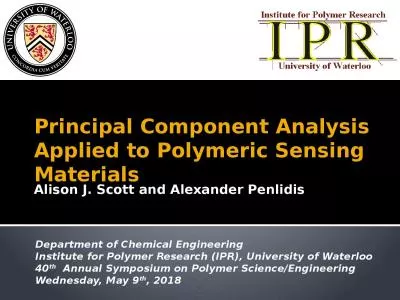PPT-Phased Array Radar Innovative Sensing Experiment 2013
Author : ellena-manuel | Published Date : 2015-10-17
NSSL Lab Review Feb 2527 2015 PARISE 2013 How will 1min PAR updates impact NWS forecasters warning decision processes during severe hail and wind events
Presentation Embed Code
Download Presentation
Download Presentation The PPT/PDF document "Phased Array Radar Innovative Sensing Ex..." is the property of its rightful owner. Permission is granted to download and print the materials on this website for personal, non-commercial use only, and to display it on your personal computer provided you do not modify the materials and that you retain all copyright notices contained in the materials. By downloading content from our website, you accept the terms of this agreement.
Phased Array Radar Innovative Sensing Experiment 2013: Transcript
Download Rules Of Document
"Phased Array Radar Innovative Sensing Experiment 2013"The content belongs to its owner. You may download and print it for personal use, without modification, and keep all copyright notices. By downloading, you agree to these terms.
Related Documents

